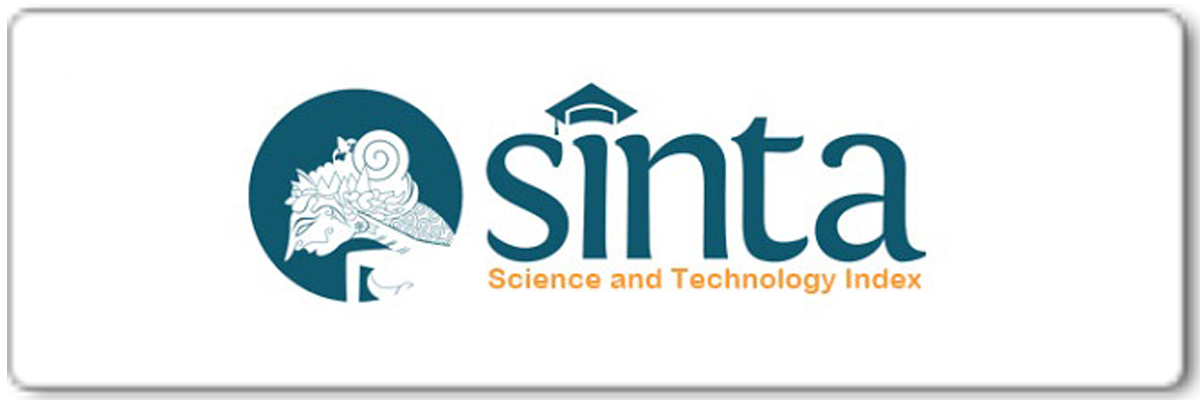The implementation of word splash strategy in teaching reading
Abstract
Keywords
Full Text:
PDFReferences
Ahmad, Rohani. (2004). Pengelolaan Pengajaran. Jakarta: PT Rineka Cipta
Anderson, M., & Anderson, K. (1997). Text types in English (Vol. 2). Macmillan Education AU.
Bogdan, C. R & Biklen, K. S. (2007). Qualitative Research for Education (An Introduction to Theory and Methods) Fifth Edition. Boston: Pearson Education.Inc
Cahyono, B. Y. (2010). The teaching of English language skills and English language components. Malang: Universitas Negeri Malang.
Cahyono, B. Y., & Widiati, U. (2006). The teaching of EFL reading in the Indonesian context: The state of the art. TEFLIN Journal, 17(1), 36-58.
Grabe, W. P., & Stoller, F. L. (2013). Teaching and researching: Reading. Routledge.
Grant, C. A. (1994). Best practices in teacher preparation for urban schools: Lessons from the multicultural teacher education literature. Action in Teacher Education, 16(3), 1-18.
Jasmansyah. (2012). Jenis-Jenis Text Dalam Bahasa Inggris, (online), (http://bahanajar.wordpress.com.
Retrieved in 16 April 2017)
Johnson, E. B. (2002). Contextual teaching and learning: What it is and why it's here to stay. Corwin Press.
Junita, F. & Sukandi, S. S. (2013). Teaching Reading Narrative Text by Combining by Combining Word Splash With Save The Last Word For Me Strategy For Junior High School Students. Pendidikan Bahasa Inggris. (Vol 2, No 2 (2013). Sumatera: STKIP PGRI Sumatera Barat
Muijs, D. 2004. Doing Quantitative Research in Education with SPSS. London: SAGE Publications Ltd.
Miles, M. B., & Huberman, A. M. (2014). Qualitative data analysis: A sourcebook of new methods. In Qualitative data analysis: a sourcebook of new methods. Sage publications.
Nasution. (2004). Metode Research: Penelitian Ilmiah. Jakarta : Bumi Aksara.
Nunan, D. (2003). Practical English Language Teaching. New York: Contemporary
Nurlian, S. (2013). Teaching Reading Comprehension By Using Word Splash Strategy Combined With Directed Reading Activity (DRA) Strategy at Junior High School (Vol 2, No 1 (2013). Sumatera: STKIP PGRI Sumatera Barat.
O’Malley, J.M and L.V. Pierce. (1996). Authentic Assesment for English Language Learners:Pragtical Approach for Teachers: UsA :Longman
Ozek, Y., & Civelek, M. (2006). A study on the use of cognitive reading strategies by ELT students. The Asian EFL Journal, 14(1), 1-26.
Patel, M.F. and Jain, P.M. (2008). English Language Teaching. Jaipur: Sunrise
Richards, J. C. &Willy A. R. (Eds). 2002. Methodology in Language Teaching: An Anthologyof Current Practice. New York: Cambridge University Press
Ritchie, J. & Lewis, J.(Eds.). (2003). Qualitative Research Practice: A Guide for Social Science Students and Researchers. London: Sage
Stone, R. (2009). The Best Practice for Reading What a Word Winning Classroom Teachers Do. United State: Corwin Press
Sugiyono. (2007). Metode Penelitian Pendidikan (Pendidikan Kuantitaif, Kualitatif and R&D). Bandung: PT. Alfabeta
Sugiyono.(2014). Metode Penelitian Kuantiatif, Kualitatif dan R&D. Bandung: PT. Alfabeta
Urquhart, A. H. And C.J. Weir. (1998). Reading in a Second Language: Process, Product and Practice. New
York: Longman
Article Metrics
Abstract has been read : 655 timesPDF file viewed/downloaded: 0 times
DOI: http://doi.org/10.25273/etj.v6i1.4447
Refbacks
- There are currently no refbacks.
Copyright (c) 2019 English Teaching Journal : A Journal of English Literature, Language and Education
English Teaching Journal: A Journal of English Literature, Language and Education indexed by:
This work is licensed under a Creative Commons Attribution-NonCommercial-ShareAlike 4.0 International License.







